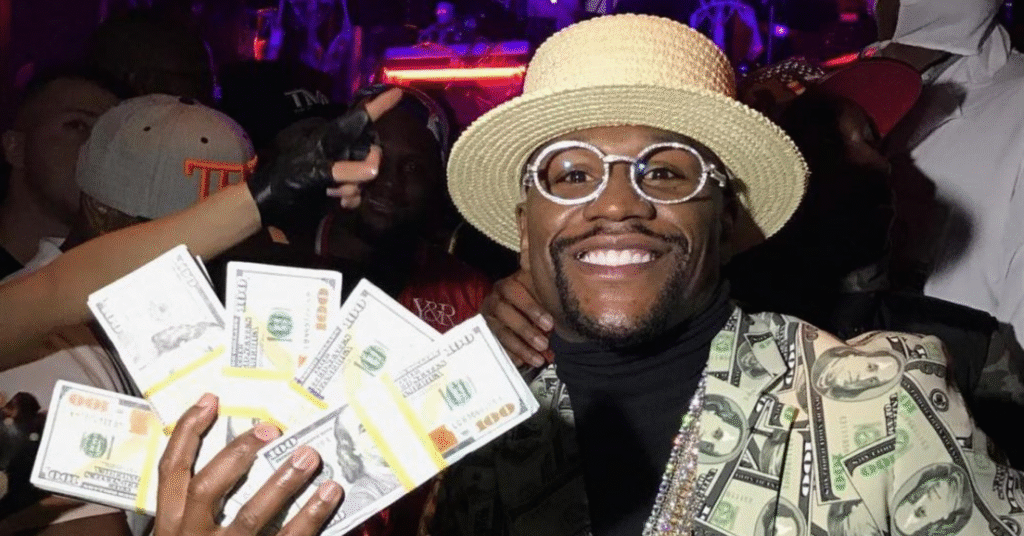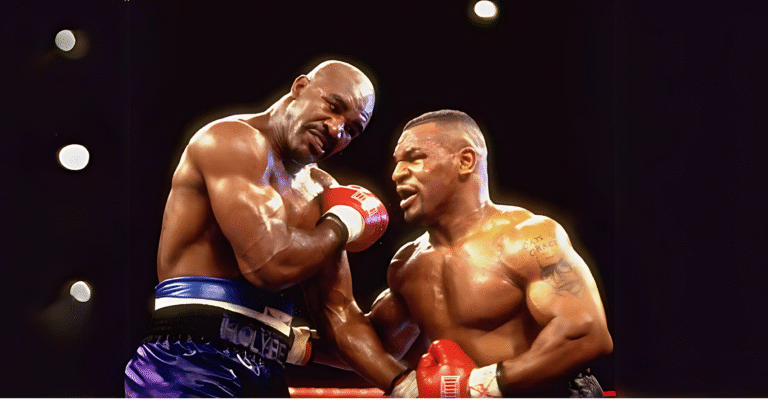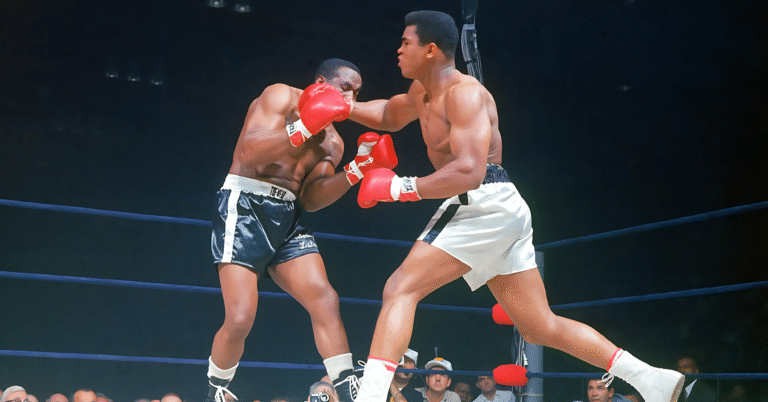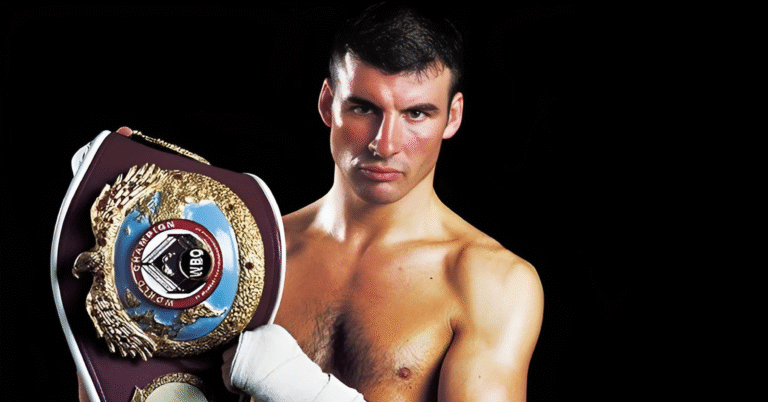
Why do boxing superstars make millions in a single night while UFC fighters often have to grind fight after fight to earn a fraction of that? In this article, we break down why boxing dominates when it comes to fighter pay, and why the UFC—despite its explosive popularity—is still far behind in the money game.
Boxing Is Built for Big Money
Boxing isn’t just a sport—it’s a legacy. With over 100 years of history and icons like Muhammad Ali, Mike Tyson, and Floyd Mayweather, boxing has earned its status as a global event-maker. Big fights like Gervonta Davis vs. Ryan Garcia in 2023 aren’t just matchups—they’re spectacles.
That bout alone drew 20,000 fans and generated a $22.8 million gate, surpassing major entertainment events like WWE WrestleMania 39. Boxing knows how to sell hype, build drama, and command headlines—and fans pay top dollar to witness it.
UFC’s Late Start
While the UFC has grown rapidly, it’s still young compared to boxing. It wasn’t until 2006 that UFC really gained traction. Boxing, on the other hand, has been a cultural powerhouse for generations. From movies like Rocky to the global fame of fighters like Canelo Alvarez, boxing has had decades to cement itself in pop culture.
Revenue Models: A World Apart
Top boxers earn massive paydays by tapping into multiple revenue streams—pay-per-view cuts, gate revenue, international rights, and sponsorships. For example:
- Tyson Fury earned over £81 million from his first bout with Oleksandr Usyk, with the rematch purse reportedly set around £150 million.
- Floyd Mayweather reportedly made $250 million from a single fight against Manny Pacquiao.
Compare that to UFC fighters, who are bound to exclusive contracts. Even the biggest stars—like Israel Adesanya—earn around $1.4 million in disclosed pay per fight. They don’t get PPV points unless negotiated, and sponsorships are tightly controlled by UFC’s exclusive deals.
Example:
- Mayweather vs. Pacquiao (2015) generated $400 million in revenue.
- McGregor vs. Khabib (2018) brought in $180 million—a big number, but still less than half.
Fighter Pay: Who’s Really Winning?
The UFC tends to distribute pay more evenly among fighters on the card. Mid-tier UFC fighters can make $12,000 to $50,000 per fight. Some, like Tony Ferguson and Anthony Pettis at UFC 229, reportedly made around $2 million each with bonuses and PPV points.
In boxing, the headliners walk away rich—but the undercard? Not so much. Many earn just $4,000 to $10,000 per fight. It’s a much steeper gap.
However, UFC careers are generally shorter due to the intense physical demands of MMA, making it harder for fighters to build long-term wealth compared to boxers who can sustain longer careers.
Power of Promotion and Free Market Competition
One major difference? Freedom of negotiation.
Boxing stars have the power to negotiate with multiple promoters. That competition drives up their value. UFC fighters don’t have that luxury. With Dana White’s UFC operating as a monopoly, fighters have limited bargaining power and fewer opportunities for higher pay.
Global Branding and Sponsorship
Boxing has elite sponsorship deals and international reach. Brands like Hublot, Tecate, and Corona spend big to appear on fighters’ gear or in the ring. Mayweather famously earned millions from logos on his shorts alone.
In contrast, UFC fighters are limited to promotion-approved sponsors like Venum, meaning less income from endorsements.
Fan Experience: Exclusive vs. Accessible
Boxing events are marketed as exclusive, high-society spectacles. UFC, on the other hand, leans into frequency and accessibility. While UFC hosts dozens of events annually, boxing keeps things rare and high-stakes. This branding directly influences how much money flows into each sport.
Boxing also enjoys massive international fan bases in the US, UK, Mexico, and the Philippines. UFC is growing in reach, but hasn’t matched boxing’s deep global penetration—yet.



